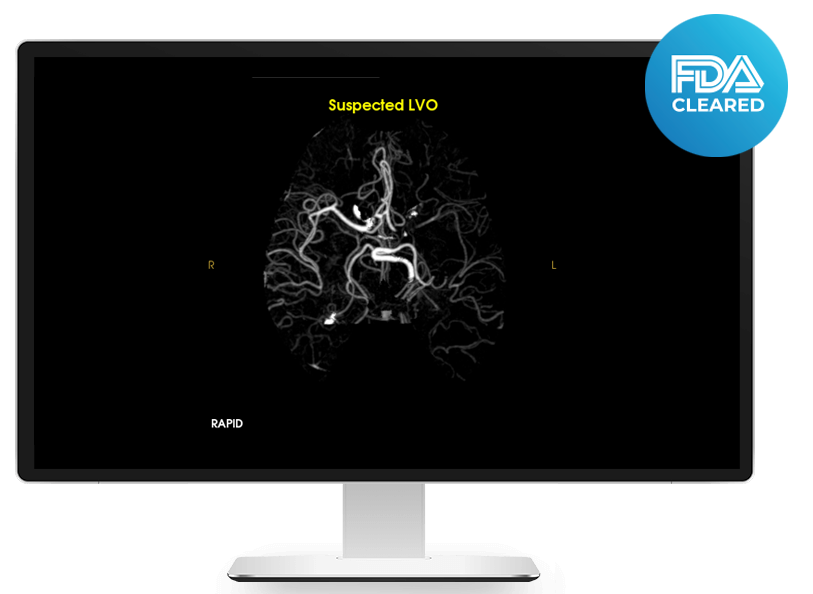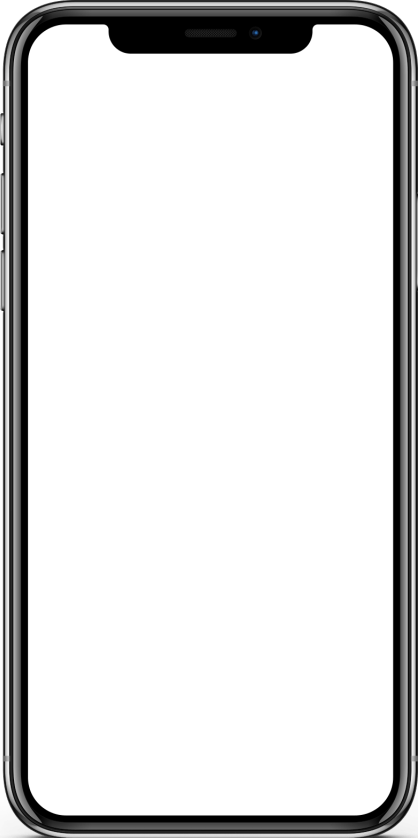Fast, Accurate Identification and Notification of Suspected LVOs
Rapid LVO helps facilitate better patient outcomes through the fast identification and notification of suspected LVOs.
In as few as three minutes, Rapid LVO helps physicians quickly identify suspected large vessel occlusions (LVOs) involving the distal internal carotid artery (ICA) or the middle cerebral artery (MCA-M1) to help speed triage decision making and facilitate better patient outcomes.

Rapid LVO helps facilitate better patient outcomes through the fast identification and notification of suspected LVOs.
Rapid LVO detects suspected LVOs with a sensitivity of 97% and a specificity of 96%
Rapid LVO identifies suspected LVOs involving the ICA terminus or horizontal segment of the MCA
Rapid LVO identifies suspected intracranial ICA occlusions beginning a the level of the ophthalmic artery and extending to the origin of the MCA
Rapid LVO identifies suspected large vessel occlusions (LVOs)—delivering results and compressed source files to team members via PACS, email, and the Rapid Workflow for Stroke mobile and web apps in as few as 3 minutes.
Rapid LVO delivers results with a sensitivity of 97% and a specificity of 96%.
Developed by medical experts, Rapid LVO is validated and trusted by clinicians to improve patient care and outcomes every day.

“We are able to be notified of the patients in the outlying hospitals with positive scans or large vessel occlusions as the scan gets done. By the time the radiologist is call the emergency room, the emergency department is calling us for a transfer, we already are aware of this patient that may be potential candidates for an acute stroke therapy.”


